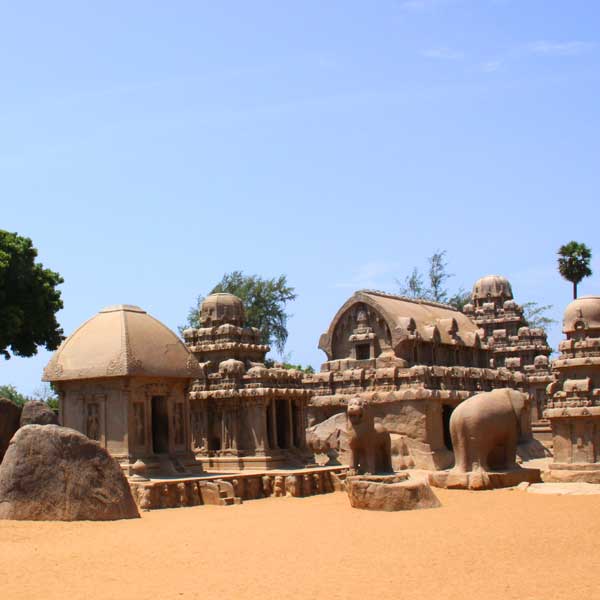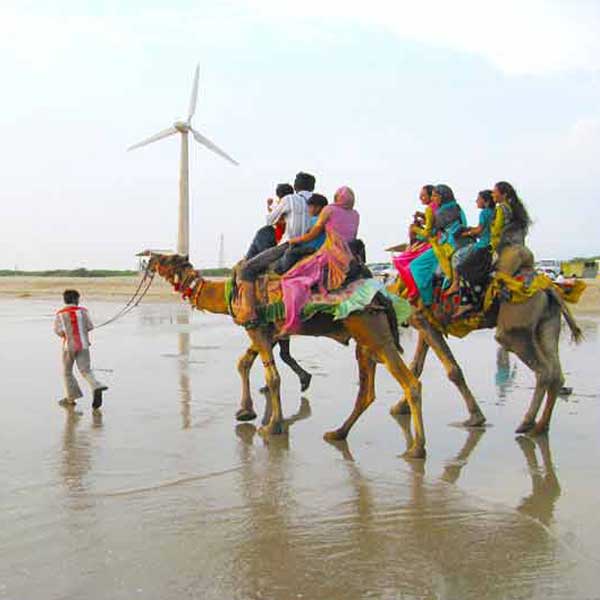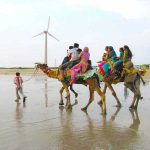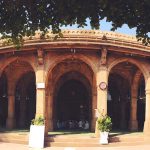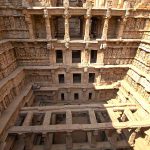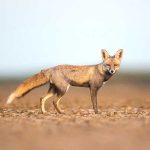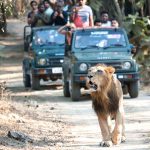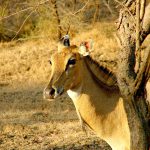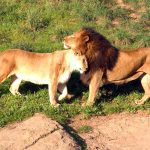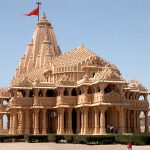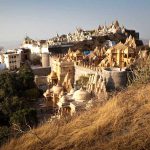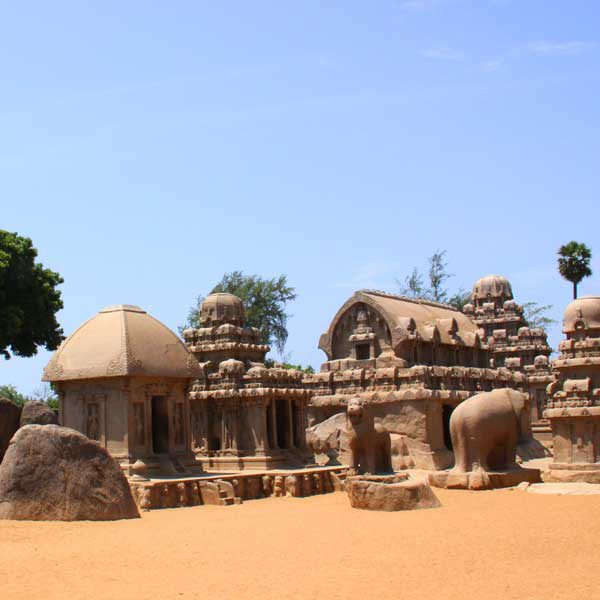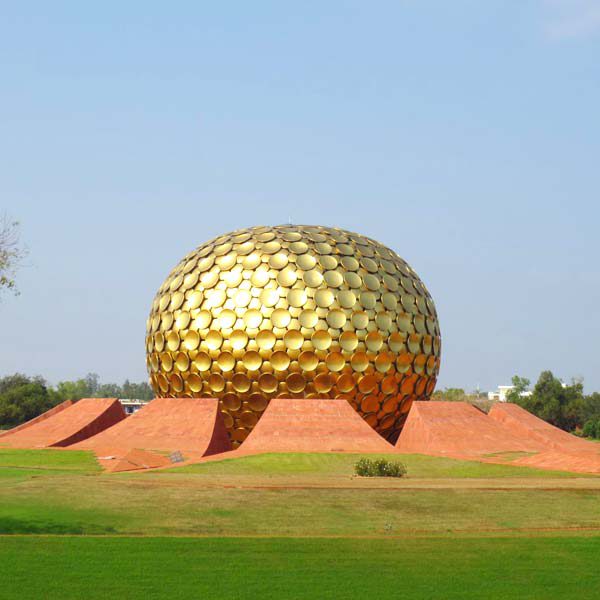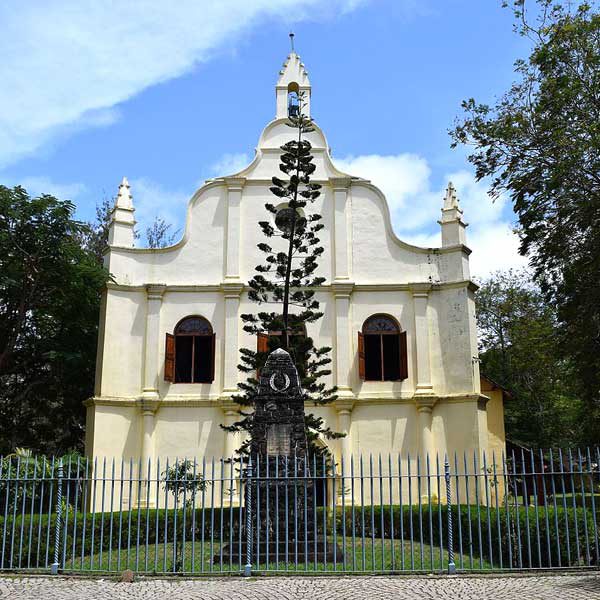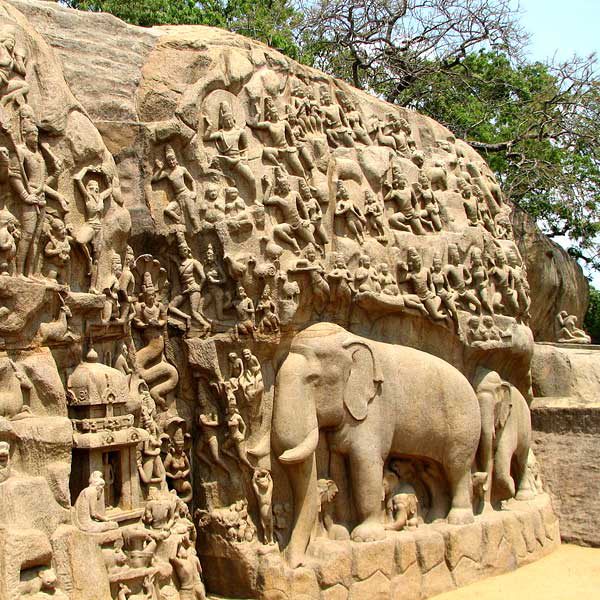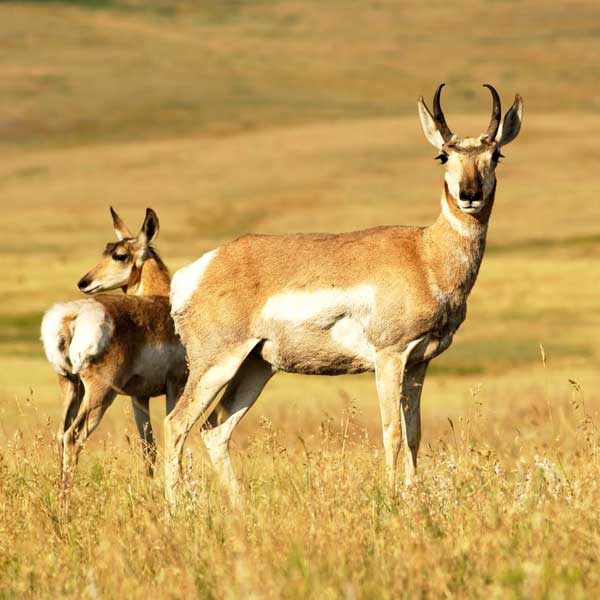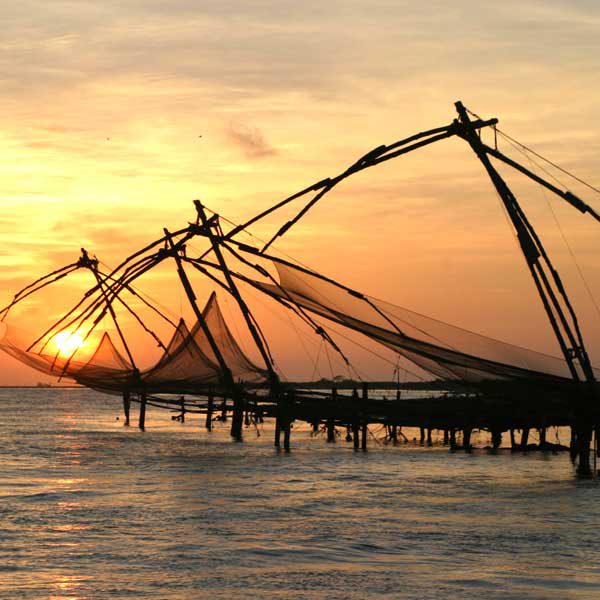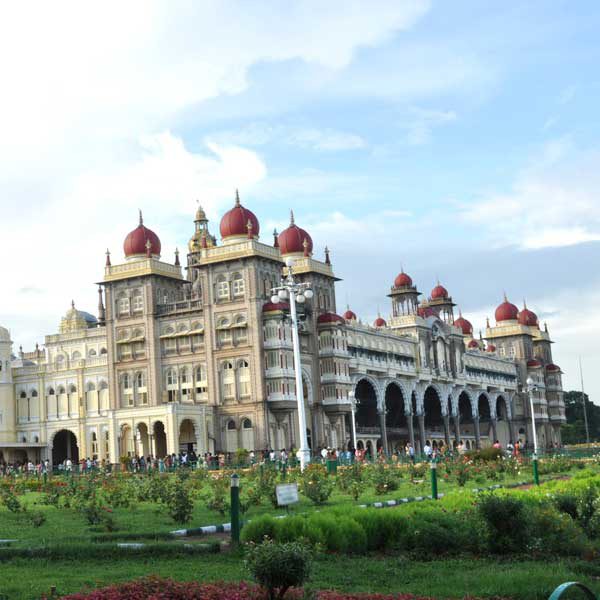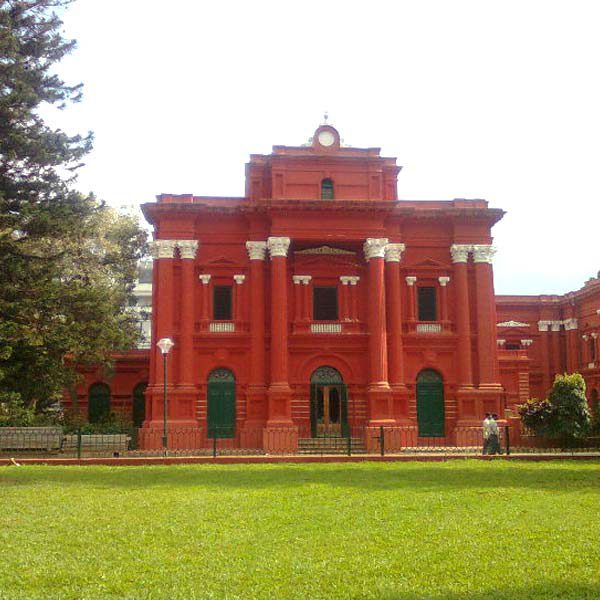Description
Day 01: Arrive in Ahmedabad
Ahmedabad blends harmoniously an ancient heritage with a vibrant present. The city’s prosperous and eventful past and present is embodied in its rich kaleidoscope of history, art and culture, rich architecture and imposing monuments. Ahmedabad, the city associated with the Mahatma Gandhi (Great Soul). The monuments of Ahmedabad mainly date back to the 15th century. Presently it is famous for its textile mills and is often referred to as the ‘Manchester of the East’.
Arrive in Ahmedabad. On arrival, you will be welcomed by our staff and transferred to your hotel.
Overnight in the hotel.
Day 02: Ahmedabad
In the morning visit Calico Museum of Textiles – one of the finest textile museums in the world displaying a magnificent collection of rare textiles dating back to the 17th century. (Subject to permission & Closed on Wednesday).
Visit the Hathee Singh Temple, built by Sheth Hathee Singh in 1848. It is worked in pure white marble. It houses 52 shrines, each with an idol of a Jain Tirthankar.
The Sidi Bashir Mosque (famed for its shaking minarets) and the Mosque of Siddi Saiyyed are famous for its magnificent stone tracery. The tracery is acclaimed for its splendid carved net screen of ten semi-circular windows.
You will visit Gandhi Ashram on the banks of the Sabarmati River. It was the residence of Mahatma Gandhi – Father of Nation and is considered to be one of the nerve centers of Indian political struggle during the pre independence period.
In the evening visit Adalaj Vav, the most spectacular step-wells, which built by Queen Rudabai entrances leading to a huge platform that rest on 16 pillars.
Overnight in the hotel.
Day 03: Ahmedabad – Patan – Modhera – Dasada
In the morning drive to Dasada. On the way visit Modhera & Patan.
Patan is rich in architectural marvels like the 11th century Rani-ki-wav step well and numerous temples and textiles like the Patola silk sarees and Mushroo weaving, originating from the time of royalty. Patan also has more than 100 Jain temples.
Modhera is famous for its Sun Temple. The Sun Temple is one of the finest examples of Indian temple architecture of its period. Built in 1026 A.D the temple is dedicated to the Sun God, Surya and stands high on a plinth overlooking a deep stone-steeped tank. Modhera’s sun temple is positioned in such a manner that at the equinoxes the rising sun strikes the images in the sanctuary. Adjoining the Sun Temple is the huge ‘Sun Kund’ (Rama Kund) surrounded by step-terraces with numerous smaller temples numbering about 108.
Near the Modhera is the famous temple of Becharaji, the Hindu patron goddess of eunuchs. The Hindu devotee especially childless women visit the temple.
On arrival in Dasada, check in at the hotel.
Dasada is the home of Asiatic Wild ass knows as “Little Rann Of Kutch”.
Overnight in the hotel.
Day 04: Dasada – Bhuj
In the early morning have Safari and visit the Little Rann of Kutch.
Little Rann of Kutch proudly boasts of being one of the largest wildlife sanctuaries in India. It sprawls over some 4950 sq ft in area. It is the abode of saline desert plains, arid grasslands, rocky and thorn scrubs, lakes and swamps.
The wildlife photographers will get a golden opportunity to witness the Asiatic Wild Ass. You will also come across a lot of other wildlife species like gazelle, wolf and Indian foxes, blue bull, jackal, hare, jungle cat, birds from the houbara bustard, francolin partridge, bustard quails, spotted & Indian sandgrouse, desert wheatear, steppe eagle, short toed eagle, 5 of vulture, imperial eagle, laggar falcon, flamingoes, ducks, cranes, pelicans and storks.
On arrival in Bhuj, check in at the hotel. Bhuj is an old walled city with maze like streets and crenellated gateways.
Overnight in the hotel.
Day 05: Bhuj
In the morning drive to Banni Village to see various people like Jat, Harijan, Meghawal and Mutva etc in various villages like Hodka, Ludiya and Dhordo.
The Meghwal- Harijans who migrated from Rajasthan use Khambira, Kharek, Kudi Stiches in their embroidery. Also outline and satin stitch embroidery of the area and very minute mirror designs similar to the famous Mutwa embroidery of the area. They make wall hangings, waistcoats and pouches in Kharek Stich and do ‘Moti Bharat’ or beadwork on handheld fans, bracelets, toys and belts.
After visit Hodka village – Hodka derives from the Gujarati word ‘Hodi’ which means ‘boat’. Since, the villages here are called jheels, where potable water is available. Hodka is famous for its beautiful embroidery and mud work as much as Leather craft. Both men and women are actively involved in developing the art and craft tradition of the region.
Visit Ludiya village– Harijans and Muslims are main communities in this village. The main occupations are: monsoon farming, cattle rearing, intricate wood carving, intricate embroidery work, mud-work and wall painting for decorating homes. Harijan men are involved with wood carving, the women take up embroidery and wall-decoration.
Visits to Dhordo to see beautiful traditional mud houses (Bhungas) with mirror work and its fine Mutwa embroidery with tiny mirrors.
Overnight in the hotel.
Day 06: Bhuj
After breakfast drive to visit Bhujaodi 10 km out off Bhuj, where artisans weave thick shawls and blankets on pit looms dug into the of crouch mud houses (Bhungas) decorated with gargomati.
The ancient tradition of weaving shawls and blankets from coarse sheep hair came into existence generations ago essentially as a form of barter between the “rabari” community or the nomadic grazing community and the vankars (weavers) — “the rabaris brought us the sheep hair from which we made blankets and shawls for them after spinning the sheep hair into wool.
Later visit Nirona village – a Koli tribal village in the north of Gujarat. Visit several artisans and admire their unique crafts like Roghan painting clothes, copper bell making, lacquer work on wood and wollen shawl weaving.
In the evening return back to hotel.
overnight in the hotel.
Day 07: Bhuj – Rajkot
In the morning drive to Rajkot, a bustling and prosperous town of Gujarat, this city has many small scale industries.
On arrival in Rajkot, check in at the hotel.
Later visit the The Kaba Gandhi No Delo, the house of the Mahatma Gandhi where he lived from the age of six. The Mahatma Gandhi House has a good collection of things related to the Mahatma Gandhi’s life.
Overnight in the hotel.
Day 08: Rajkot – Gondal – Junagarh – Sasangir
In the morning drive to Sasangir enroute visiting Gondal and Junagarh.
In Gondal, you will visit Navlakha Palace complex, situated on a riverbank, on a grand masonry base, rising to the monumental scale of at least 30 meters, above the riverbed. The palace is approached by the high gateway with the clock tower from the town side.
Shri Bhuvaneshwari Aushadhashram Ayurvedic Pharmacy, founded in 1910, manufactures medicines and it’s possible to see all the weird machinery involved, as well as buy medicines for treating hair loss, vertigo, insomnia etc. The founding physician here first coined the title ‘Mahatma’ (Great Soul) for Gandhi.
Also visit Vintage Car Collection. The rulers of Gondal were great lovers of automobiles and one can see several vintage and classic cars in the royal garage.
Junagadh is situated right at the base of the temple studded Girnar Hill. Like Palitana, the temple topped hill is of great significance to the Jains. You will visit Mohabat Maqbara, Ashoka Rock Edicts, Junagarh Uparkot Fort and Buddhist Caves.
It is a 600m climb up 10,000 stone steps to reach the summit of the Girnar Hill.
On arrival in Sasangir, check in at the hotel.
Sasangir is famous for the Asiatic Lion. Gir with its dry deciduous forest is a luxuriantly rich ecosystem- endowed with floral and faunal plentitude. Thirty species of mammals, twenty species of reptiles, several species of insects and birds are found here. The forest is the only place in the world, outside Africa, where the lion are seen in its natural habitat.
Overnight in the hotel.
Day 09: Sasangir
Today you will have two Jeep Safaris in Sasangir.
Gir Forest earns it fame as the only place outside Africa to Harbour Asiatic Lions. Besides the lions, you can also spot Indian deer, sambar, chital, nilgai, chinkara and a variety of birds.
The forest also harbors a number of smaller birds and animals. Few people know that Gir is also one of the finest bird sanctuaries in India. Another attraction is a crocodile farm developed in the forest.
Dinner & overnight in the hotel.
Day 10: Sasangir – Somnathpur – Diu
In the morning drive to Diu enroute visiting Somnath.
Somnath Temple contains wonderful piece of architectural work, it is the famous lord Shiva temple that has one of the 12 jyotilingas. The temple is believed to have appeared first in gold, at the behest of the moon-god, next in silver, created by the sun-god, a third time in wood at the command of Krishna, and finally in stone, built by Bhimdeva
On arrival in Diu, check in at the hotel.
Diu is an island located five minutes offshore from the mainland of Gujarat. It is a treasure cove of the Mediterranean.
Rest the day is free at leisure on the beach.
Overnight in the hotel.
Day 11: Diu – Bhavnagar
Morning free at leisure.
In the afternoon drive to Bhavnagar.
Bhavnagar is a beautiful coastal city and remained a major port, for almost two centuries. Bhavnagar has flourishing maritime trade for years so as the result it is develop tremendously , urbanization , wealth and cosmopolitan culture introduce to the town.
On arrival, check in at the hotel.
Overnight in the hotel.
Day 12:Bhavnagar
In the early morning have excursion of Palitana.
Palitana – is a ‘must visit’ destination for all those who would like to witness what the subtle combination of human enterprise, architectural skills, philanthropy and channelized religious fervor can achieve. The entire summit of majestic mount Shatrunjaya is crowned with about 900 temples, each rivaling the other for beauty and magnificence, presenting an awe-inspiring spectacle to devotees and visitors.
There are many temples at Palitana, which are revered by Hindus and some are prominent Jain pilgrim centers. It is one of the 5 important pilgrimage centres of the Jains.
You have to climb up the hill for about 4 Kms (600 meters) on a stepped path to Shatrunjaya (4000 Stone Steps).
Rest the day is free at leisure.
In the evening you will visit Takteshwar Temple. The Takteshwar Temple is located on a small hillock which provides good views over the city and the Gulf of Cambay. Also explore the bazaar of Bhavnagar, where one can still see some beautiful wooden balconies and houses.
Overnight in the hotel.
Day 13: Bhavnagar – Lothal – Ahmedabad
In the morning drive to Ahmedabad enroute visiting Lothal (Museum is closed on Friday).
Lothal was a flourishing and prosperous city during the Harappan era; its culture can be divided into two phases. The remains dating from 2440 to 1900 B.C. are of a mature and thriving Harappan culture while those belonging from 1900 to 1600 B.C. represent the late Harappan culture in its state of decline.
Lothal had excellent architecture and town planning. The major attractions are ruins of the ancient city. The most important attractions are the sites of the ancient dockyard, the acropolis, the lower town, the bead factory, the warehouses, and the drainage system. An archeological museum to the west of the ruins houses the objects found from the sites like mirrors of bronze and copper, perforated and painted potteries, bullock carts, beads, jewelry and a variety of objects made from stone, chert, shell, and bone.
On arrival in Ahmedabad, check in at the hotel.
Rest the day is free at leisure.
Overnight in the hotel.
Day 14: Ahmedabad – Departure
In the morning, transfer to International airport to board the return flight.

